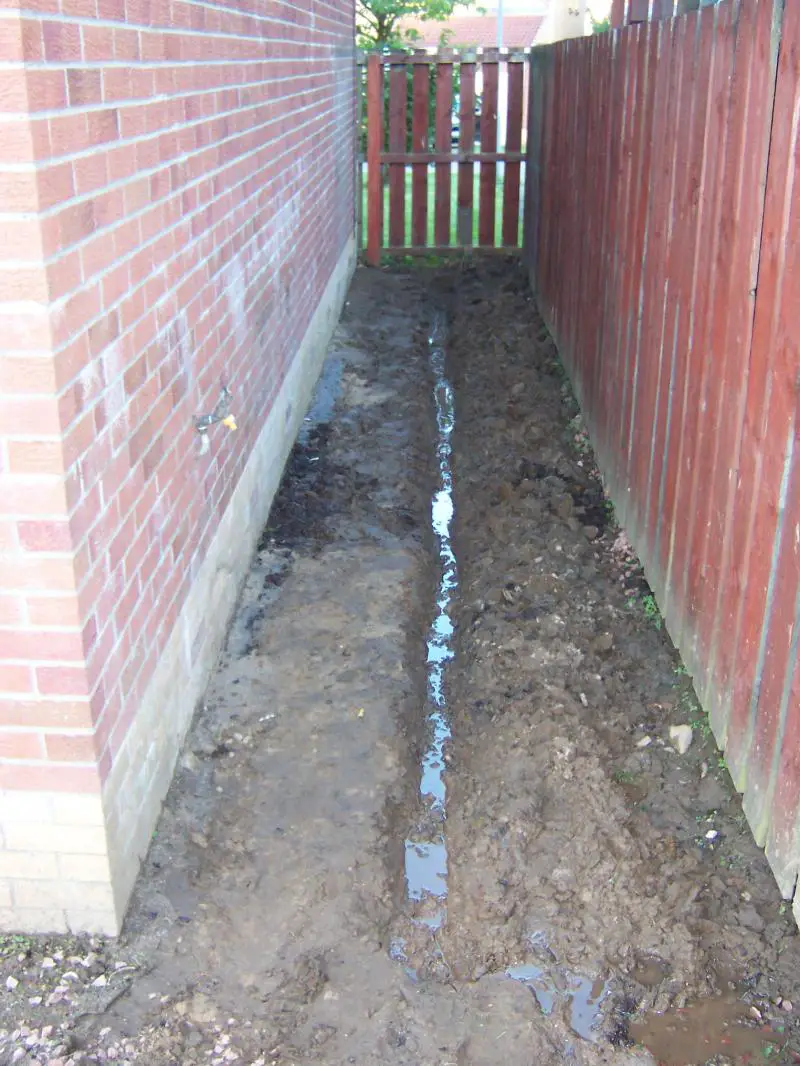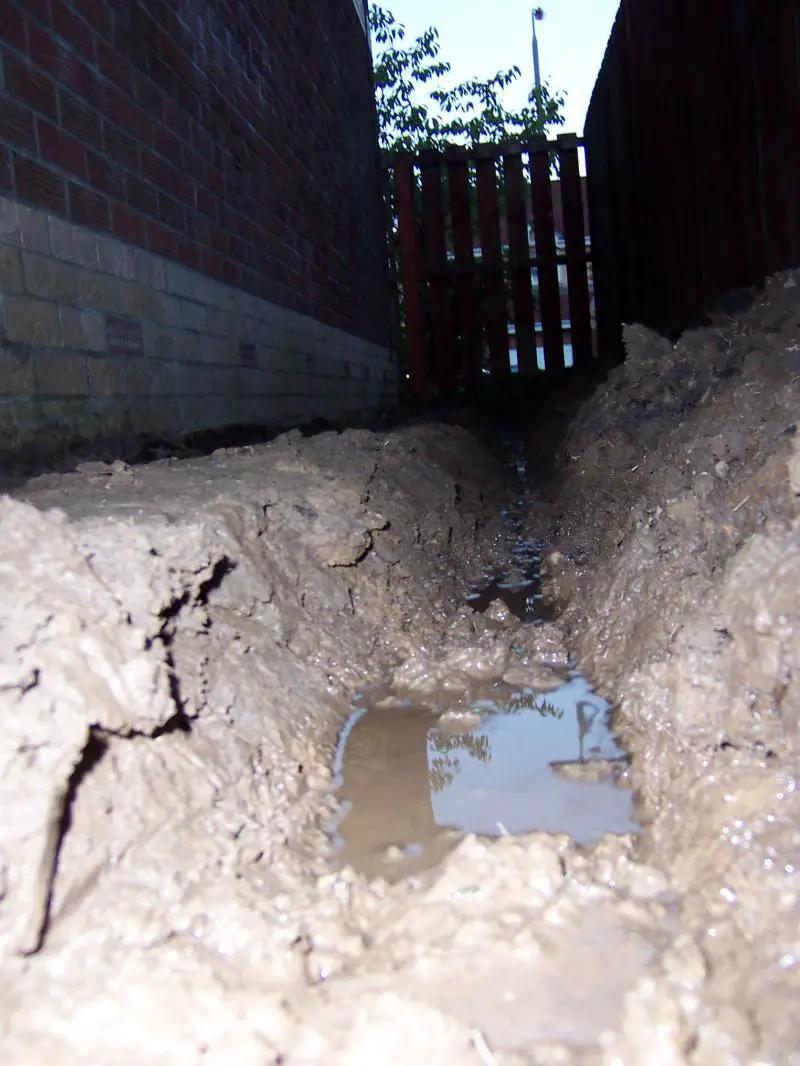It was the "planning and transportation" department. They asked the area where I lived than put me through to some guy who then spent a few minutes looking something up then told me the info.
Another question, my landscaper wants to use non waxy weed suppressant fabric that holds soil but allows water to pass through. What is the best stuff to buy that is the most robust and last the most years?
I have checked this website but don't know the best one to buy, I only require 10 metres square.
www.terramlandscape.com
A thought just came into my head, will this drainage system need to be maintained and if so, how often?
Another question, my landscaper wants to use non waxy weed suppressant fabric that holds soil but allows water to pass through. What is the best stuff to buy that is the most robust and last the most years?
I have checked this website but don't know the best one to buy, I only require 10 metres square.
www.terramlandscape.com
A thought just came into my head, will this drainage system need to be maintained and if so, how often?



